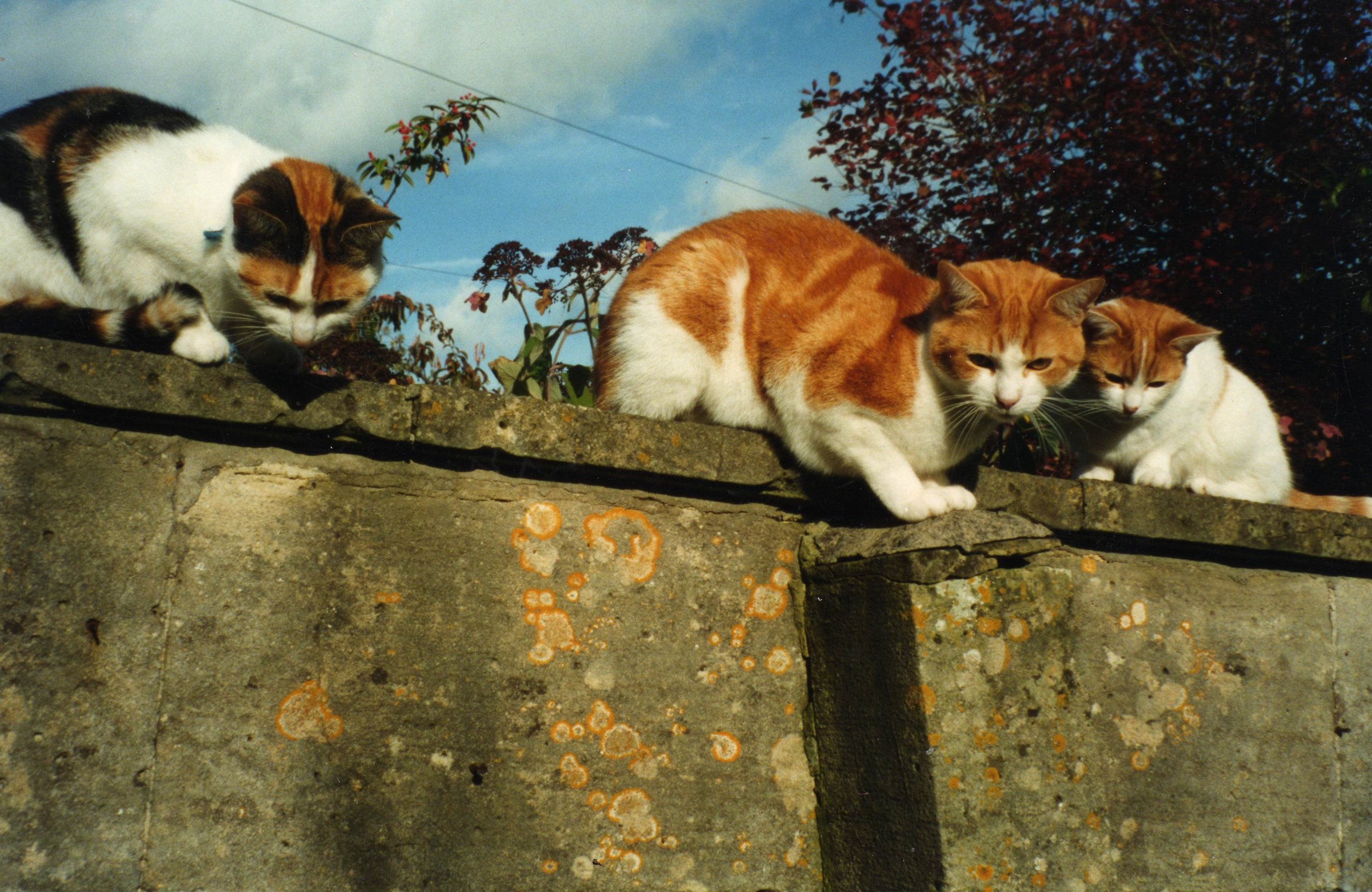Neutering is the answer to the feral cat problem
Neutering: the humane answer
Today, controlling the feral cat population through neutering has become the accepted method of dealing with the feral cat problem in the UK, thanks to the hard work and persistence of individuals and small charities like ours that pioneered this approach in the late 1970s.
Animal lovers who came across (often sickly) feral cats felt compelled to take the kittens home, rehabilitate them and find them homes. It was quite obvious that the adults had to be neutered in order to prevent a recurrence of the misery. These poor cats had been abandoned and were uncared for, through no fault of their own, and the thought of killing them – as practised by pest-control firms – was totally unacceptable to compassionate people.
Neutering was the obvious solution, and since it is humane it soon became popular with the public, who had become hesitant to approach charities for help for fear that they might put the cats down. Consequently, because of delay in getting help, colonies had expanded beyond the resources of people trying to feed and care for them.
The effect on colonies
Neutering entirely changed the colony: no more fighting tomcats, no more pregnant cats, no more sick and dying kittens. Instead, the cats were healthy and flourished, and though they did not breed they would defend their territory from strangers. This meant the colony did not increase in size. Neutering proved to have a permanent effect, and to be cost-effective compared to the services of pest-control firms which were called at regular intervals as new cats appeared and rapidly multiplied to form a fresh colony.
Our leaflet A GREAT LEAP FORWARD - FROM PEST CONTROL TO BIRTH CONTROL helped us to prevent many cat colonies being destroyed. The leaflet is very rarely needed nowadays but is still available from our Head Office.
Trapping
Feeders of feral cats are often worried; will the cats be put down anyway? We reassure them that the cats will not be put to sleep (unless they have an untreatable and fatal illness) but will be neutered and brought back; and that we will find good homes for the kittens. Our trapping technique causes minimal distress to the cats. We establish at the outset that the trapping must be left entirely to us. However, the feeder does play in important part; it is their responsibility to stop feeding the night (or day) before trapping. They then need to be present to identify the cats and explain what they may know about the cats’ histories and relationships.
The trapping procedure
With the help of food, the cat is enticed into a humane cat trap and the door is closed when it has settled down to eat. If an automatic trap is used the trigger is operated when the cat steps on a pedal close to the food. If we are dealing with a group of cats that appear together at feeding time, we use a manually operated trap so that we can select which cats to trap first. Cats who have watched others being trapped may become wary and will avoid the trap for a long time.
Pregnant females have priority, followed by other mature females, and kittens because they are vulnerable. Should a tomcat enter the manual trap first while the females are watching, we wait until he has eaten and walked away in order to trap him at a later date. The females can now be trapped because they have not been warned off. When tackling a large group of cats, we start at least two hours before feeding time. The cats are not congregating yet, but they will be passing by the trap by one by one.
Whichever trap is used, one important rule applies: never leave a trap out of sight. By keeping the trap under constant observation, we are able to cover it the moment the cat is caught. This has an instant calming effect on the cat because it gives it a sense of security. Using the corresponding, closely fitting side doors the cat is then persuaded into a transfer basket, which is also immediately covered. The cat is kept in a quiet cool place until it is taken to the vet, where it is thoroughly checked and neutered. To mark the cat as having been neutered (to avoid unnecessary re-trapping and a possible unneeded operation) a small section of the tip of the left ear is removed, as recommended by UFAW (Universities Federation for Animal Welfare).
Returning to site
The cat is given dissolvable stitches following the operation and, if we have dealt with a simple spay or castration, it can be released after 24 hours, a timespan accepted by our vets as adequate for recovery.
Is it fair to put feral cats back?
As cats of the same domestic species as our own treasured pets, we wish they could all live safely in good homes. But it is difficult to home adult feral cats in households because they do not immediately like to be handled and it may take years before they become affectionate. As long as they receive daily food and adequate shelter feral cats can cope: they need us to provide these essentials rather than our affection. They are used to this lifestyle because they were born and raised in that environment.
© Cat Action Trust 1977


